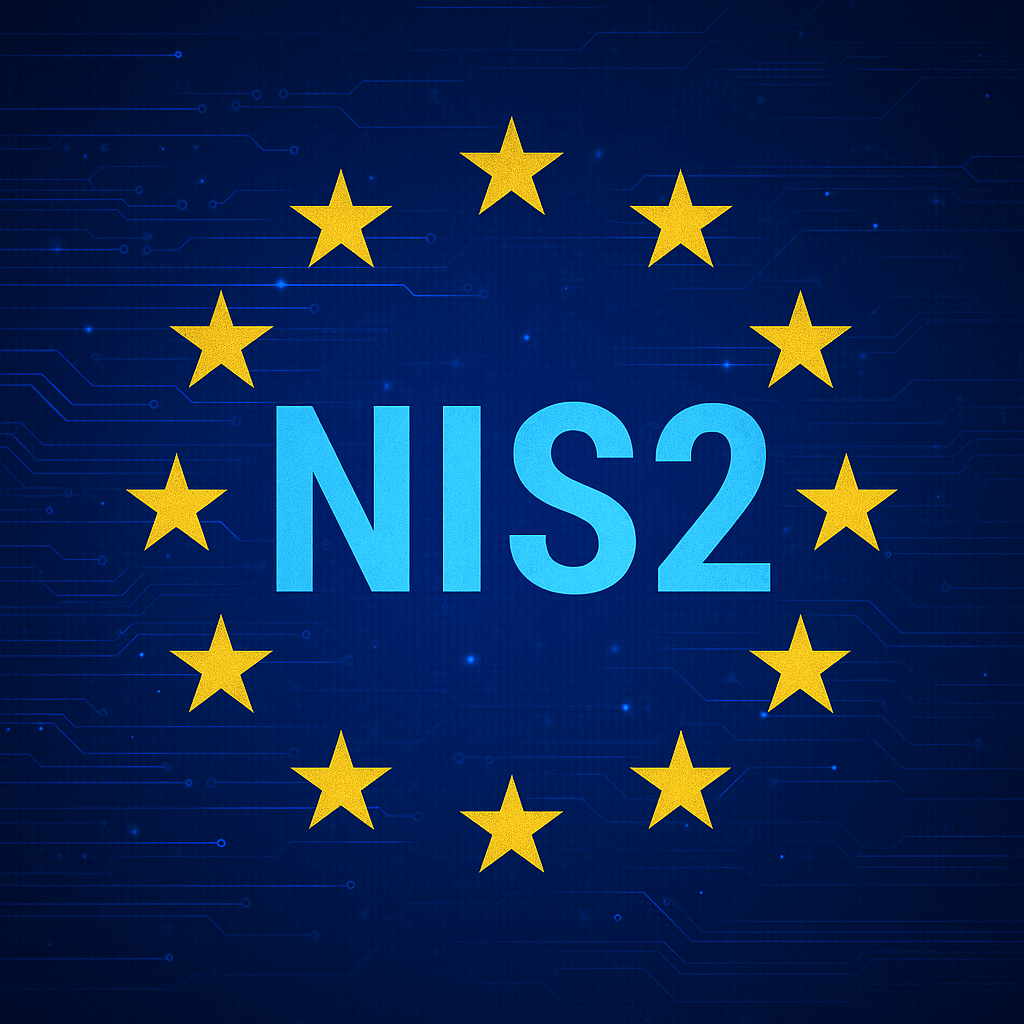The NIS2 challenges facing energy and manufacturing companies
With the NIS2 Directive now in force across much of the EU, energy and manufacturing organisations are dealing with the reality of a more stringent cyber security regime. Most Member States have transposed the directive into national law, but with varying definitions, reporting timelines and audit expectations. This patchwork means companies operating in multiple jurisdictions must navigate different obligations at once — a challenge that has already caught some businesses off guard.















